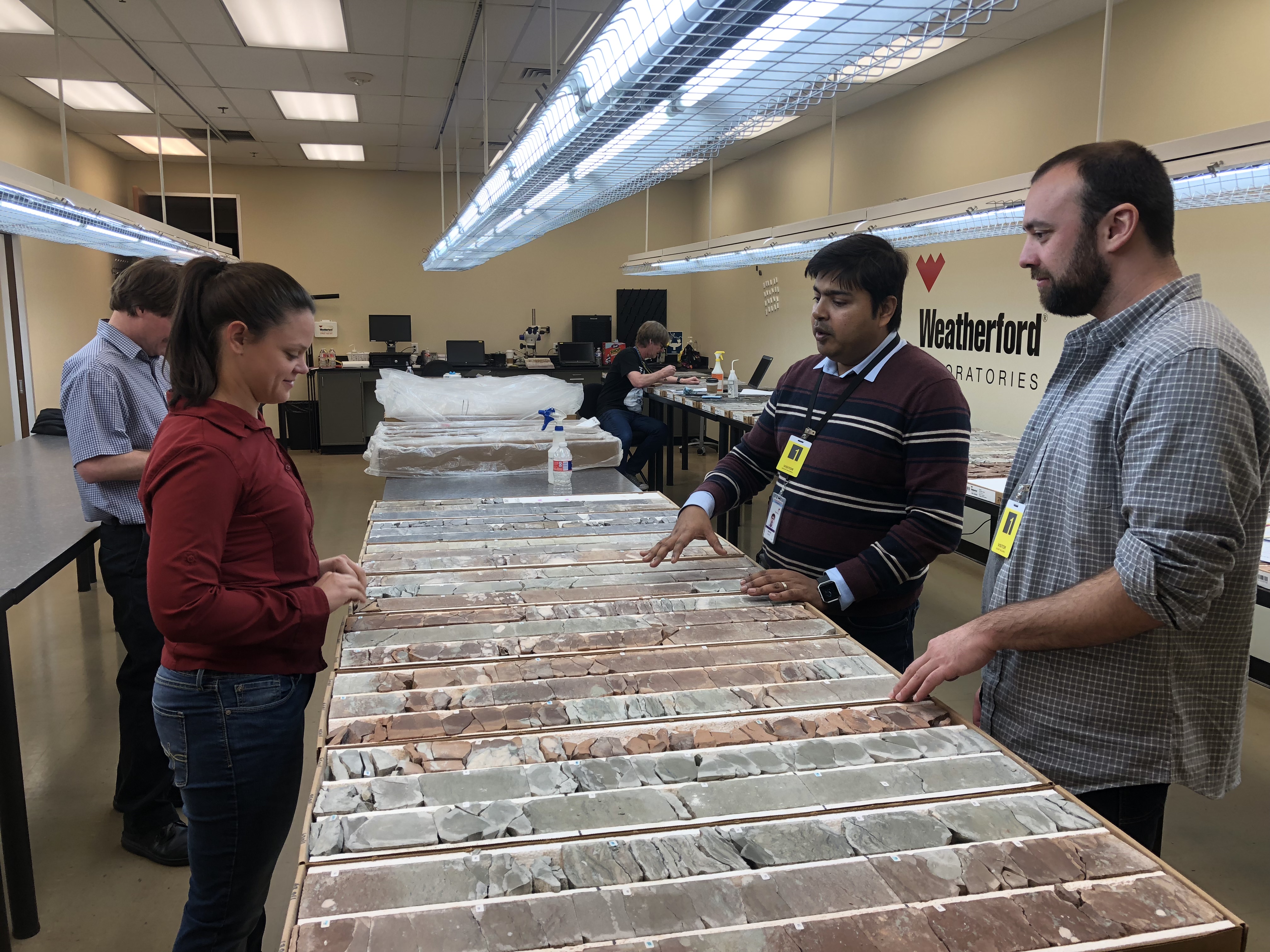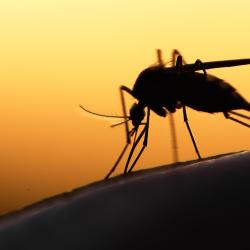Major North American Oil Source Yields Clues to One of Earth’s Deadliest Mass Extinctions
UMD geologists studying the Bakken Shale Formation discovered a critical kill mechanism behind a series of extinctions some 350 million years ago.
The Bakken Shale Formation—a 200,000-square-mile shale deposit below parts of Canada and North Dakota—has supplied billions of barrels of oil and natural gas to North America for 70 years. A new discovery reveals that the rocks also open a uniquely informative window into Earth’s complicated geological history.

A research team, which included geologists from the University of Maryland, George Mason University and the Norwegian oil and gas company Equinor, developed a new framework for analyzing paleontological and biogeochemical data extracted from the formation’s rock. Using this technique, the team pinpointed a major trigger of several closely spaced biotic crises during the late Devonian Period almost 350 million years ago: euxinia, or the depletion of oxygen and expansion of hydrogen sulfide in large bodies of water. Published in the journal Nature on March 8, 2023, the team’s findings demonstrate links between sea level, climate, ocean chemistry and biotic disruption.
“For the first time, we can point to a specific kill mechanism responsible for a series of significant biotic disruptions during the late Devonian Period,” said UMD Geology Professor Alan Jay Kaufman, a senior author of the paper. “There have been other mass extinctions presumably caused by expansions of hydrogen sulfide before, but no one has ever studied the effects of this kill mechanism so thoroughly during such a critical period of Earth’s history.”
According to Kaufman, the late Devonian Period was a “perfect storm” of factors that played a large role in how Earth is today. Vascular plants and trees were especially crucial to the process; as they expanded on land, plants stabilized soil structure, helped spread nutrients to the ocean, and added oxygen and water vapor to the atmosphere while pulling carbon dioxide out of it.
“The introduction of terrestrial plants capable of photosynthesis and transpiration stimulated the hydrological cycle, which kick-started the Earth’s capacity for more complex life as we know it today,” Kaufman said.
The Devonian Period ended around the same time the Bakken sediments accumulated, allowing the layers of organic-rich shale to ‘record’ the environmental conditions that occurred there. Because the Earth’s continents were flooded during that time, various sediments including black shale gradually accumulated in inland seas that formed within geological depressions like the Williston Basin, which preserved the Bakken formation.
Undergraduate laboratory assistant Tytrice Faison (B.S. ’22, geology)—who joined Kaufman’s lab after taking a course with him through the Carillon Communities living-learning program—prepared and analyzed more than 100 shale and carbonate samples taken from the formation. After analyzing the samples, Kaufman, Faison and the rest of the Bakken team deciphered clear layers of sediment representing three key biotic crises known as the Annulata, Dasberg and Hangenberg events, with the last crisis associated with one of the greatest mass extinctions in Earth history.
“We could see anoxic events distinctly marked by black shale and other geochemical deposits, which are likely linked to a series of rapid rises in sea level,” Kaufman explained. “We suspect that sea levels may have risen during the pulsed events due to the melting ice sheets around the South Pole at this time.”
Higher sea levels would have resulted in the flooding of interior continental margins, or the transitional region between oceanic and continental crusts. In these settings, high levels of nutrients, such as phosphorous and nitrogen, could have triggered algal blooms which create low oxygen zones in large bodies of water. These zones in turn would have increased toxic hydrogen sulfide right where most marine animals would have lived. Under those conditions, animals in the oceans and on land around the shoreline would have died during these late Devonian events.
The team’s research is not exclusive to global biotic disruptions from hundreds of millions of years ago. Kaufman suggests that their findings are not just applicable to the shallow inland seas of the Devonian Period, but perhaps also to the oceans of today affected by global warming. He compared the ocean’s circulatory system to a “conveyor belt” carrying nutrients, oxygen and microorganisms from place to place.
“Cold, salty water develops in the North Atlantic region before it sinks and eventually makes its way to the Indian and Pacific Oceans, cycling around the globe. This oceanic jet stream helps to spread life-sustaining oxygen through the oceans,” Kaufman explained. “If that conveyor belt were to be slowed down due to global warming, parts of the ocean might be deprived of oxygen and potentially become euxinic.”
The collateral damage caused by global warming might then promote animal migration out of dead zones or put Earth on a path to decreased diversity and increased rates of extinction, he added.
“Our study helps us to understand several things about Earth’s growing pains across a critical transition from a world we would not recognize today to one we would find more familiar,” Kaufman said. “It provides evidence for a kill mechanism that may be general to many of the many mass extinctions that occurred in the past, but also explains the origin of a major source of oil and gas to the United States.”
###
The paper, “Basin-scale reconstruction of euxinia and Late Devonian mass extinctions,” was published in Nature on March 8, 2023.
This research was supported by Equinor USA. This story does not necessarily reflect the views of this organization.







